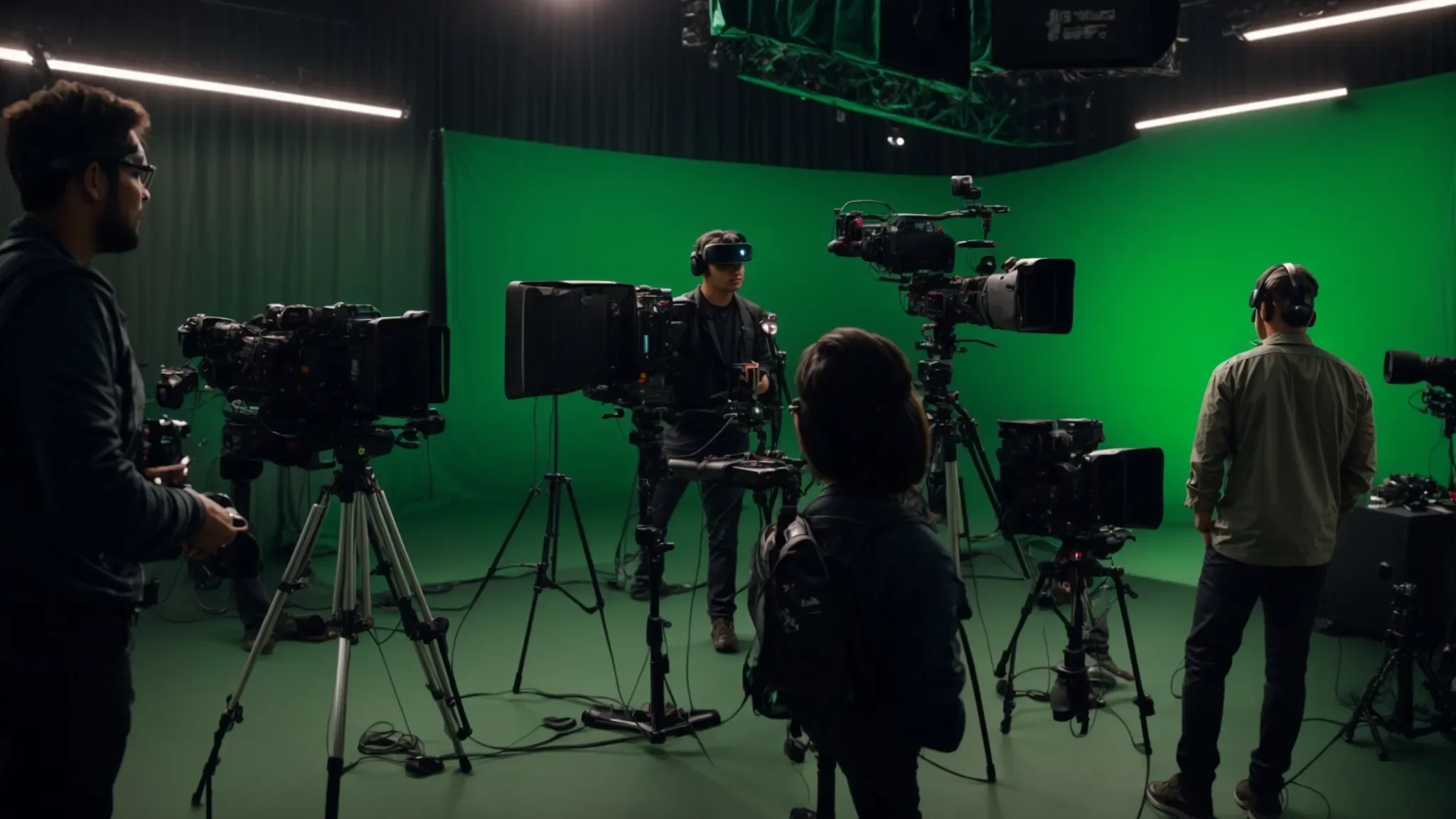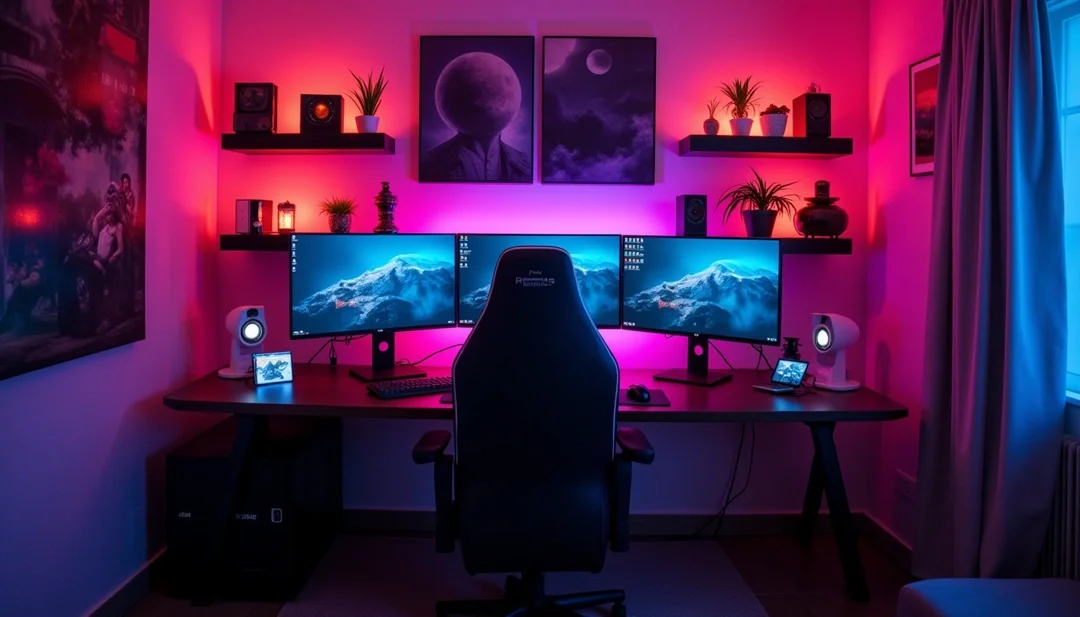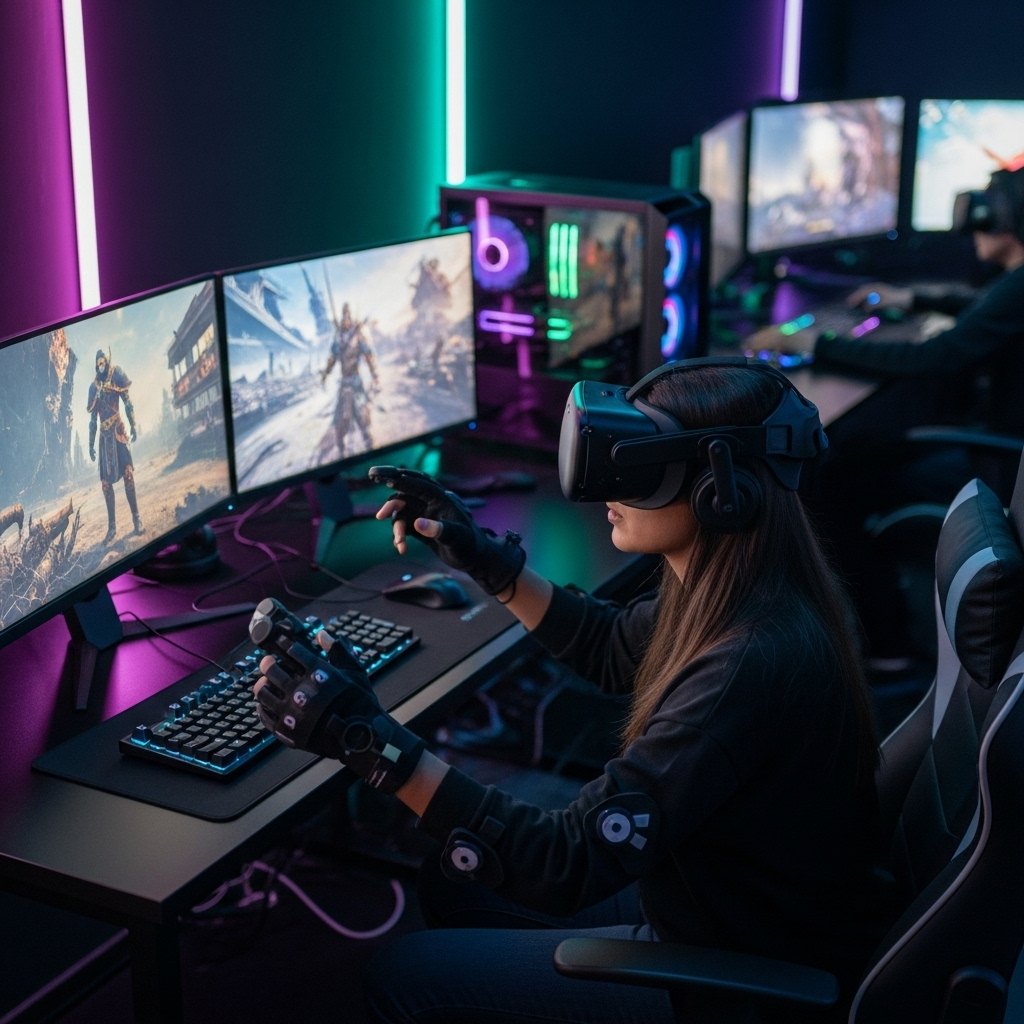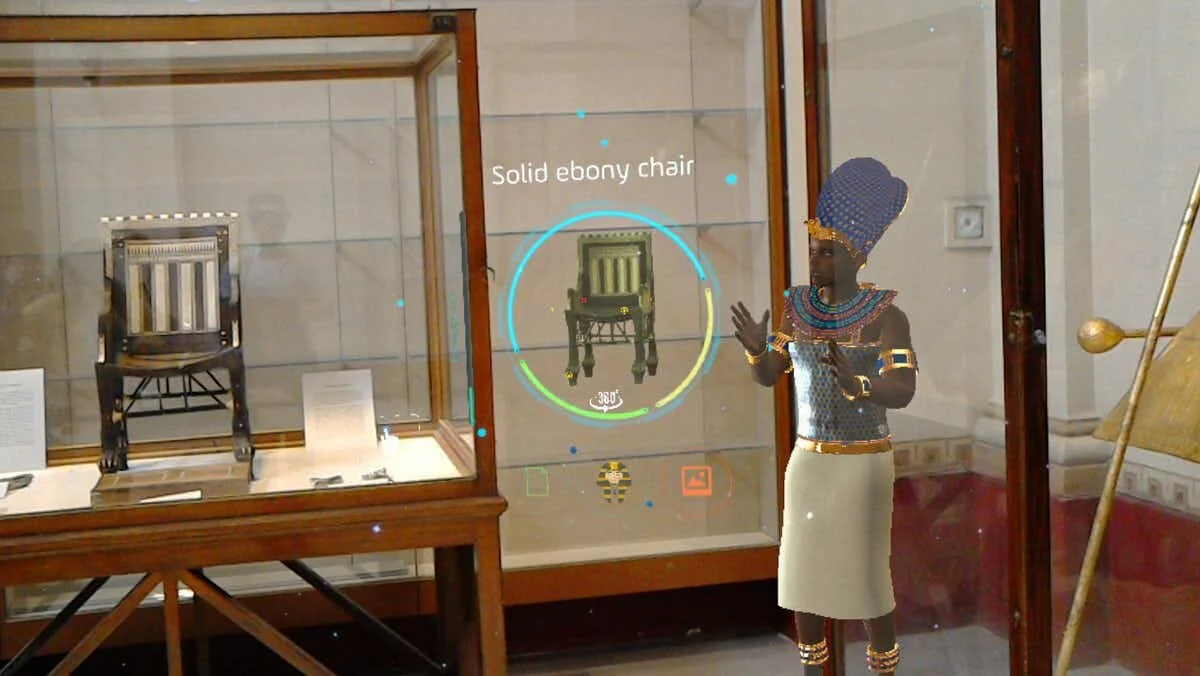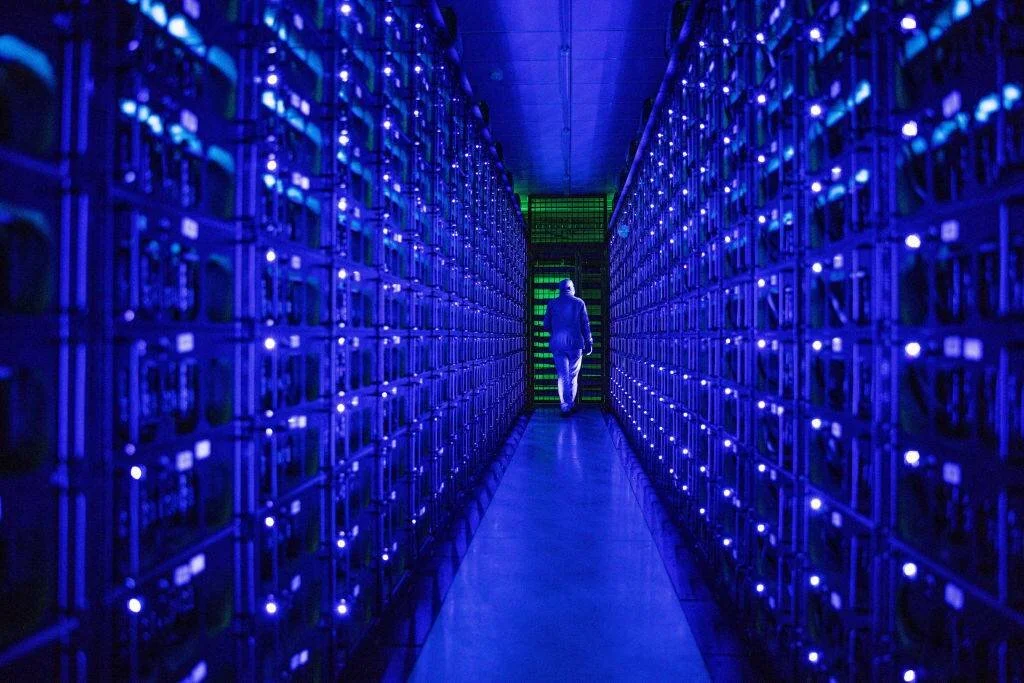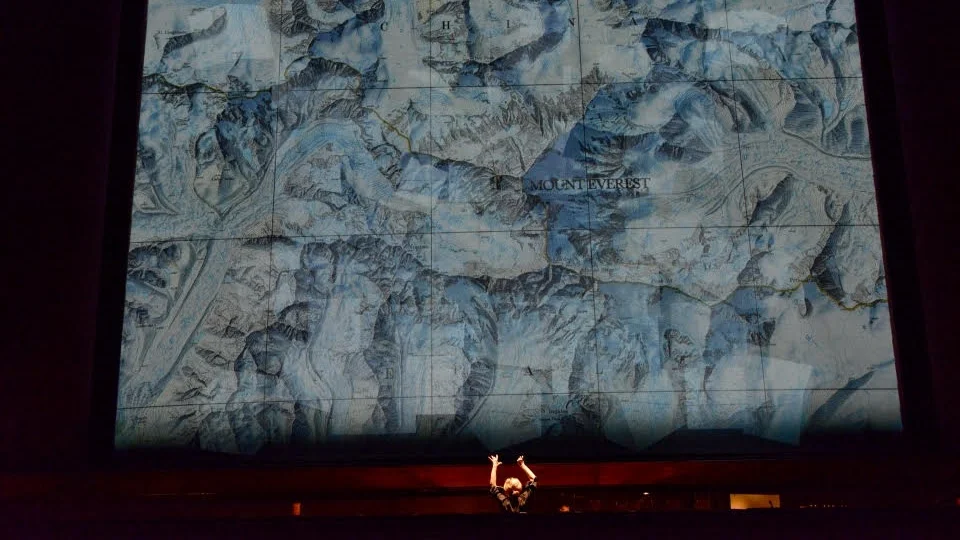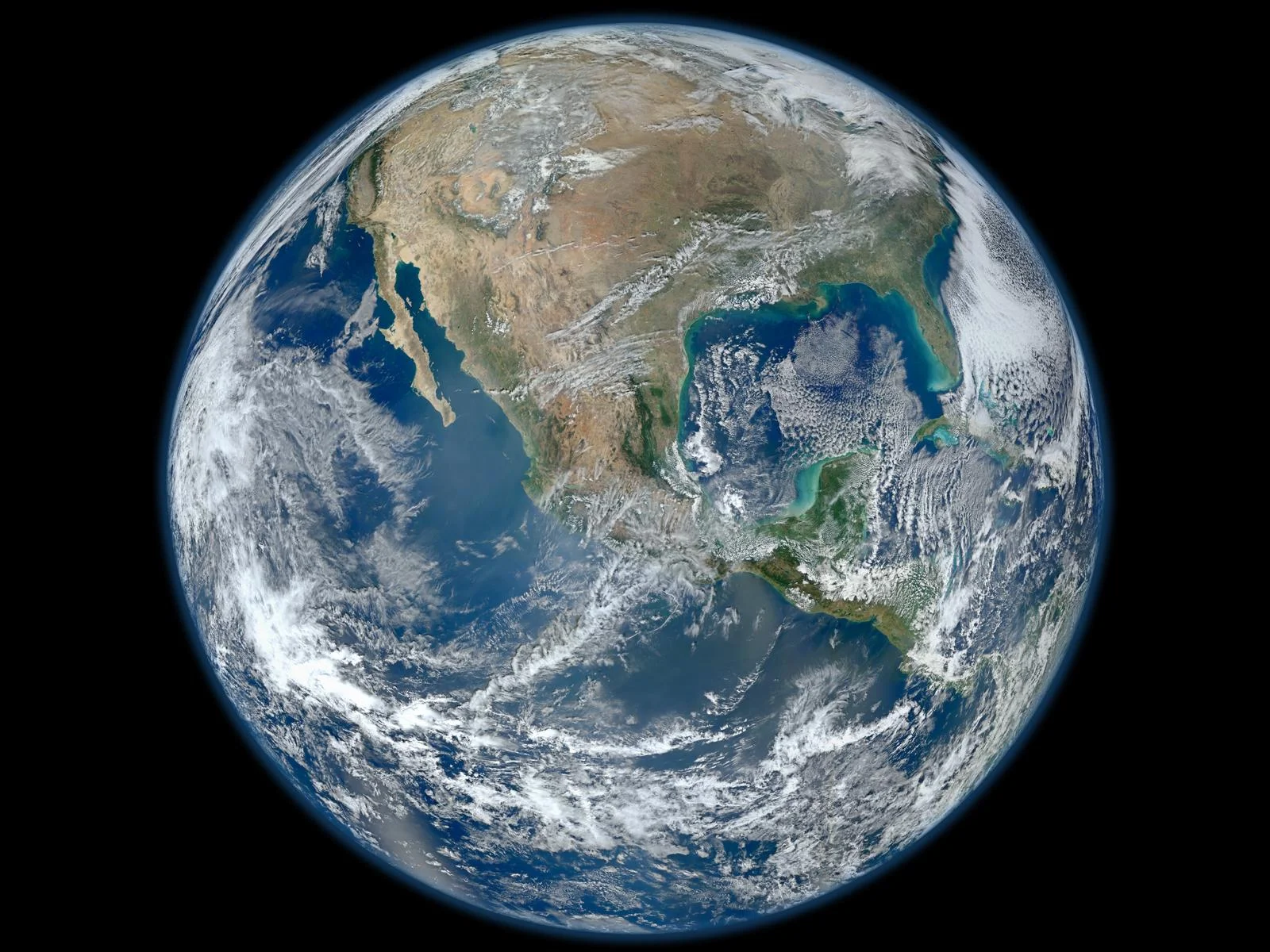This study advances Part II by translating Scopely’s strategy into an execution plan across three tracks - NPC innovation, intelligent monetization, and ethical LiveOps - supported by new evidence from a 1,159-response consumer survey, nine expert interviews (developers, influencers, and experiential professionals), and secondary industry research. Part I established the market context for AI’s disruptive potential and identified three priorities: live operations evolution, commerce optimization, and advanced player analytics. The goal of this phase is to pinpoint the highest-leverage AI applications that deepen gameplay engagement, convert payment resistance through demonstrated value, and safeguard community trust. Accordingly, Part II outlines actionable playbooks (context-aware NPCs and adaptive narratives), platform tactics (purchase-aligned mobile personalization and cross-play integration), and operational models (behavior-based matchmaking and transparency protocols) designed to drive scalable, technology-led growth while preserving the integrity of shared human play.
Exploring Integration of XR in Museums to Enhance Visitor Experience
Many museums have gravitated towards utilizing XR (VR, AR, or other extended reality modes) in numerous ways to enhance visitor experience. While there are successful ways to support visitor experience, it is possible that XR can have negative impacts. This article explores case studies of two museums who have integrated XR into their exhibitions: the Cleveland Museum of Art and Illinois Holocaust Museum, discusses the positive and negative facets of these technologies on visitor experience, and analyzes implications for the arts field.
Top 10 Articles of 2023
Haptic Feedback: Feeling the Dance You Cannot See
Dance relies on the audience’s sense of sight to experience a performance. However, dancing itself is a very tactile experience. A dancer’s precise movements depend on a heightened internal awareness of the body – how joints are stacked and what muscles are activated. They must also maintain an awareness of external forces – how one limb moves in relation to the other, how their skin feels sliding against the floor, and where they sense other dancers moving with them in space.
The experience of the audience is vastly different from that of the dancer. Is there a way to bridge this divide and communicate a multi-sensory experience to the audience, and allow those who cannot see to feel? Tapping into this sense of touch might help audiences experience dance in a new way.
Maximizing Concert Experiences Through AR & VR
The application of Virtual and Augmented reality in music has been around for a while. From collaborative creation and interactive music videos to its incorporation in art museums, it seems as if the arts industry is competing with itself to enhance the audience experience. As concerts are a highly user-oriented experience, these technologies have started gaining more traction in the live music space. The demand for interactive and immersive experiences has called for innovative models to be incorporated within music. Thus, the application of such models is added to the concert experience with the implementation of VR and AR technologies to help maximize its interactivity.
What is MR and How Does it Create Exceptionally Immersive Experiences?
MR, or Mixed Reality, is appearing across the arts world, but its actual meaning is not well understood. A strong beginning includes a foundational understanding of the concepts of reality and virtuality. The future application of MR technology is unlimited, increasing the possibility of creating experiences that reflect what is seen in sci-fi films. While many practitioners believe that MR is the future, the technology lacks popularity in the consumer market. However, with the continuous development of MR technology, more cost-effective solutions will be found, and the future of a truly immersive experience will come.
Positive Implications of Deepfake Technology in the Arts and Culture
Deepfakes, one of the hottest topics to burst onto the technology scene in the last five years, have received a lot of negative publicity because of the risks they can present in the hands of bad actors. However, when used in good faith, they have many positive and exciting uses within the arts and culture sector. This report will briefly explain what deepfakes are and how they work, as well as some of their weaknesses and negative implications. Additionally, three case studies will examine the positive ways in which deepfakes can be used in artistic and cultural institutions.
NFTs and Arts Management
As the world seemed to erupt with NFTs in spring 2021, AMT Lab thought it would be an appropriate time to curate a collection of essays on the emerging, some might say exploding, world of NFTs with a focus on the arts and technology’s disruptions. The following article provides context to the arts marketplace, ownership, and the disruptions caused by blockchain technology, especially NFTs, and concludes with a short commentary on the forthcoming collection and an existential thought to send you along your way down the rabbit hole of NFTs and blockchain.
AI Art and the Nature of Creation
How AR and VR are Changing Film: A Look at the Revolutionary Stagecraft, The Volume
Fueling the Global Flame: A Look at the Long-Term Sustainability of NFTs
While NFTs took the arts market by storm in the beginning of 2021, with the environmental impact of blockchain technology coming to light, more artists and groups have not only been criticized but have also begun calling out the technology and not participating. Others are calling on more long-term changes, such as renewable resourcing for crypto-mining. How will NFTs fit in long-term in the art world, considering their impact on artists and the environment?
NFTs: A New Age of Digital Art
In recent months, NFTs have had a large presence on news feeds, especially in artists’ circles. NFTs, or non-fungible tokens, are “digital assets that [represent] real-world objects like art, music, in-game items and videos.” Because of this, they are challenging the traditional ways that people view, buy, and sell artwork. This research will look at how NFTs came to be and what artists and arts administrators should consider when utilizing this technology.
Virtual Reality in Arts Education
The Future of Technology in Opera
Emergent Technologies and Disruptions in the Art World
In March of 2019 an international group of artists, technologists, fintech specialists, cultural industry professionals and collectors gathered in Manama, Bahrain for the UNFOLD Art and FinTech Summit. For arts managers curious about what lies on the edge of the art & tech world, and what may be available everywhere in the near future, the following provides a summary of highlights.
Research Update: Artworks Powered by Artificial Intelligence in the Marketplace
There is a significant distinction to be made between the traditional model of AI-generation - where an algorithm simply produces a piece of art - and a more interactive form of generation, where the algorithm is actually part of the art. The question then becomes, how can artwork that requires ongoing AI generation and adaptation can be integrated into the traditional marketplace?
Image source: Philip Beesley Architect Inc.
Big Brother's Sweeter Side
There is an emerging opportunity for collaboration in the cultural heritage sector, as archeologists around the globe call for new methodologies to process mass-information about cultural heritage sites. This article unpacks how satellite imagery and geographical information systems are shifting the structure of the cultural heritage sector.
White Paper Wednesday: RFID Technology in Museums
7 Technological Behaviors On AMT Lab's Naughty List
Accessibility Rebooted: Technological Advancements to Improve Accessibility in Museums
With the growing emphasis on providing learning experiences that occur outside the classroom, accessibility and inclusivity is of paramount importance to museums transitioning into the 21st century. As museums become more inclusive, their methods of communication must be equally as effective between people with disabilities and those without.

